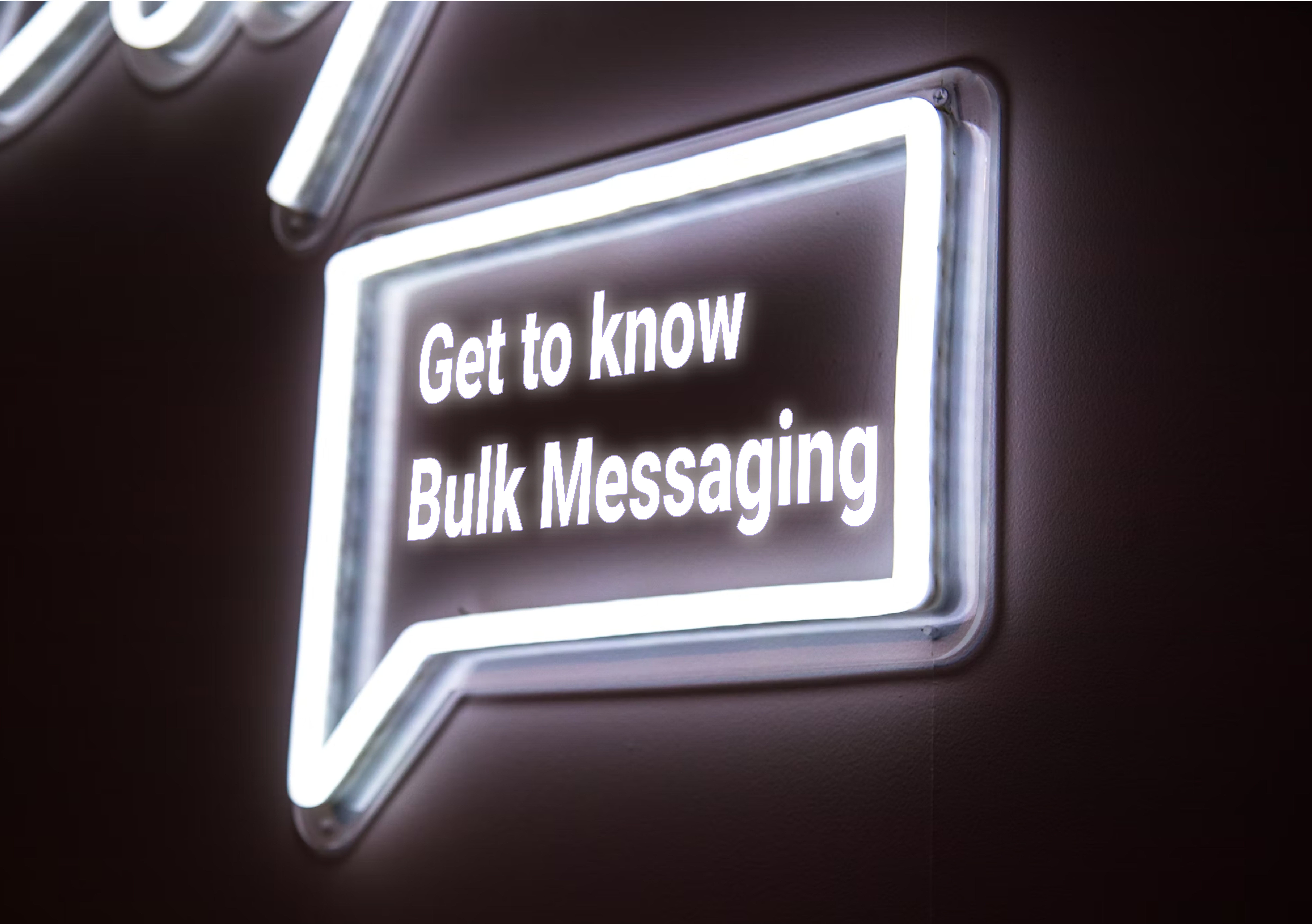Even if your chatbot is so well trained, there may be some situations where the customer’s question in the chat cannot be answered, or cannot be answered fully.
In those situations, help is needed from a human chat operator. This transition should be possible at any point in the chat and as easy as possible for the customer. This to keep the customer experience high.
Read more about how and when to make the transition to a human chat operator in this article.
From a Chatbot…
It’s a good idea to start the chat with a chatbot first. Bots are made to automate customer support and improve the customer experience. They can answer simple questions and are always on. Additionally, they can also handle a lot of questions at once, and can ask relevant questions to potential customers.
You should, however, train your chatbot for it to work optimally. When a chatbot is properly trained, users can interact with the bot and questions are answered automatically. But if you are just starting out with a chatbot on your website, it’s natural that it will take a while for the bot to know all the right answers to customer questions.
…To a Human Chat Operator
However, it’s not a good idea to leave customers with unanswered questions. In that case, it’s better to transfer the conversation to a real person who takes over. It is important, however, that customers know when they are being referred to a chatbot or vice versa.
In addition, the chat operator also needs all the necessary information to resume the conversation properly. Therefore, it is necessary that the agent can read back the entire conversation. So that the customer does not have to explain the problem for a second time. This transition must be seamless.
After the customer’s question has been answered, the conversation can also be transferred back to the chatbot.
Scenarios for an Escalation Path to a Human Agent:
Too Complex
Sometimes there is a question that is far too complex for a chatbot. If it needs creative problem solving, only a human agent can do that. It is therefore important that you train the bot to recognize its limits. So it can assess when a particular request requires a human touch.
The idea then is to have him say something like: “I am not able to solve this problem myself. I will connect you to one of our human chat operators who will surely be able to help you!” A chat operator is then notified of this and given access to the conversation. So the customer doesn’t have to repeat the question.
Urgent
There are situations where a chatbot can do things faster. But also where it can be a hindrance to solving a problem.
For example, if a problem needs to be solved quickly because the customer is about to leave and needs something fast. A chatbot is fine for resolving general issues. But if there is an emergency, it is more convenient to have a human chat operator take over.
User Preference
Sometimes people just don’t feel like chatting with a bot. Mostly it’s not a problem, but there will always be people who are uncomfortable with it. By giving customers the choice, you are not forcing it, but still giving them the option.
Hot Leads
When consumers are ready to convert, you want to keep them on your website. You can train the chatbot to redirect a customer to a human chat operator. If he fits the profile of a hot lead. This will reduce the loss of your most qualified leads and increase your conversion rate.
Chatbot Doesn’t Work
Last but not least, there is the case when your chatbot doesn’t work anymore. If the bot just doesn’t understand what the user wants, it should be taken over by a human chat operator as soon as possible to make sure customers don’t get irritated.
We are currently working on chatbots to help you optimise your customer service. In the meantime, check out our other products.


